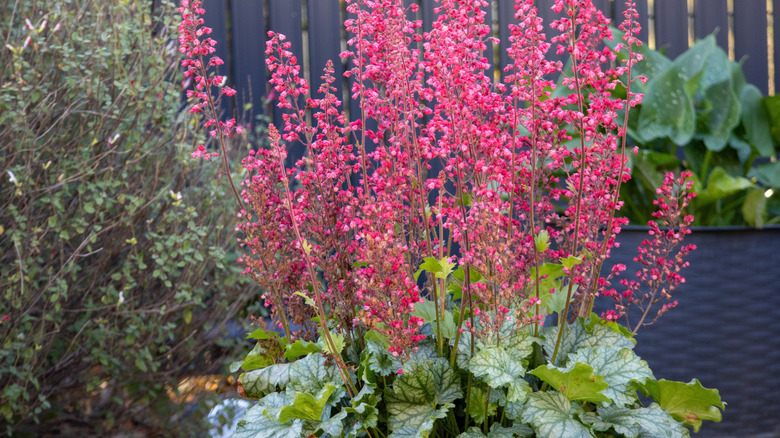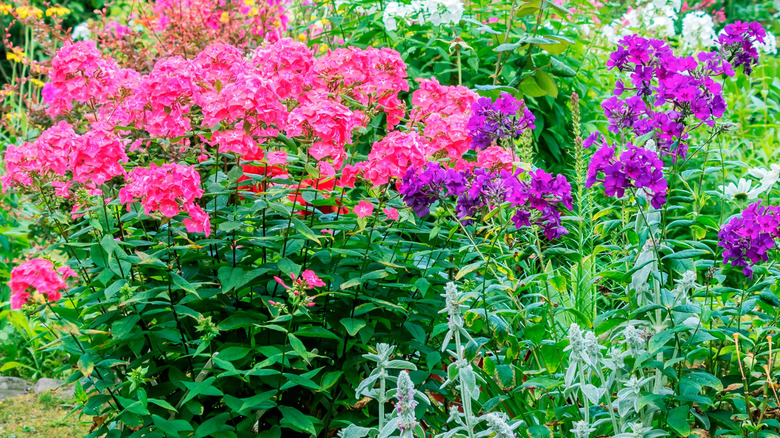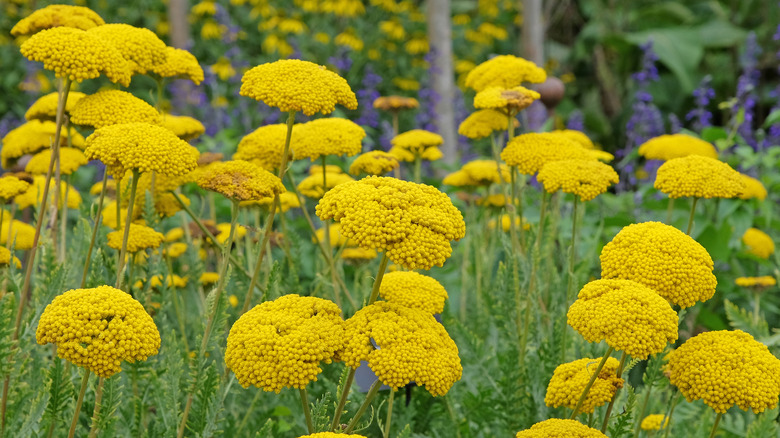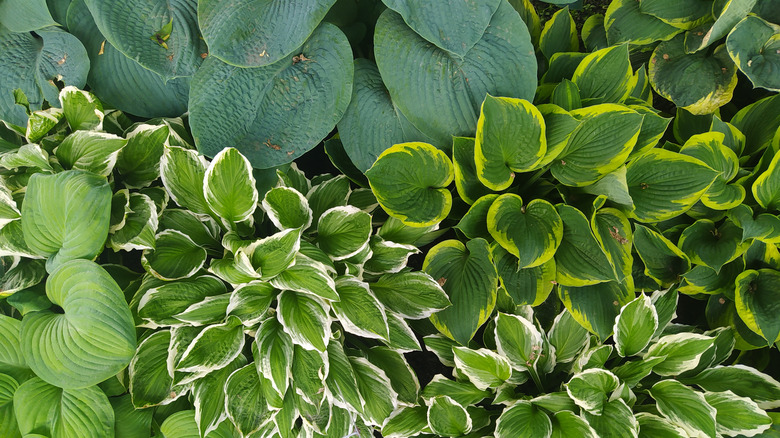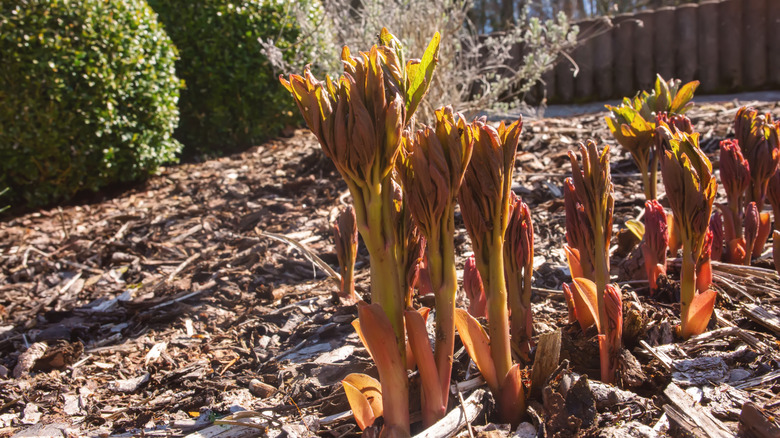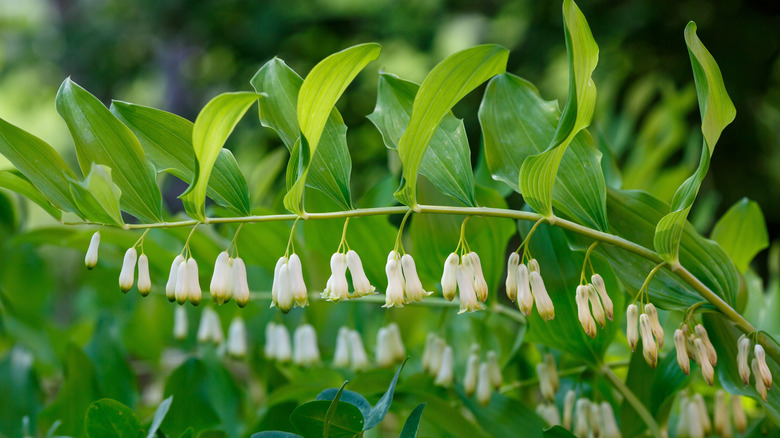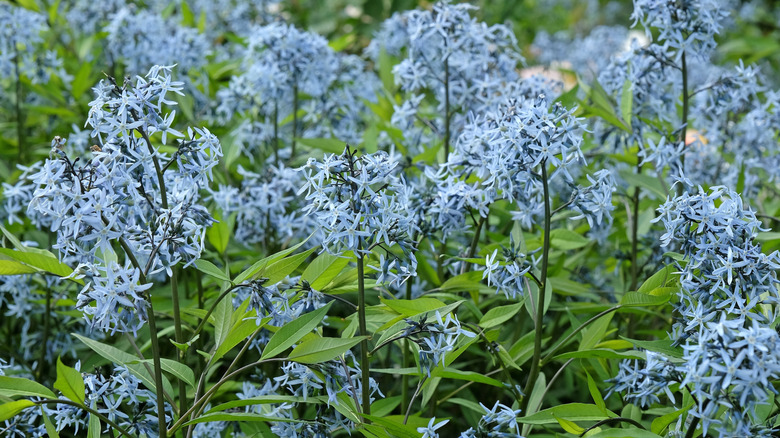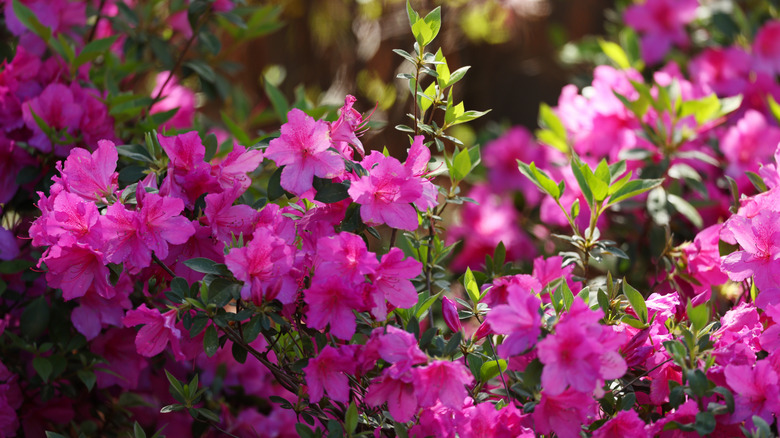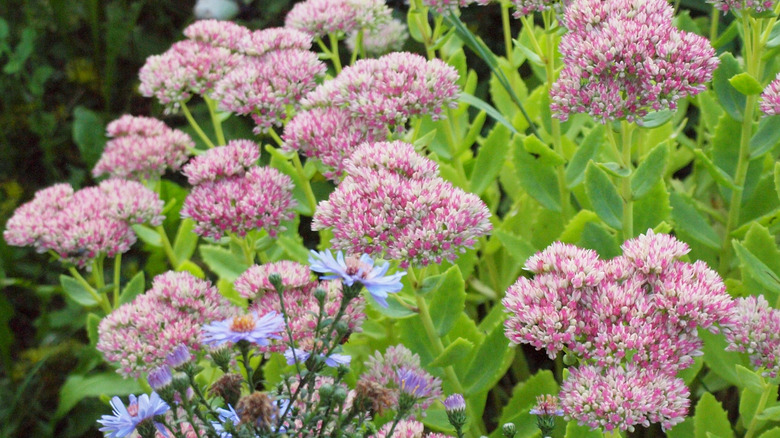15 Perennials You Should Mulch After First Hard Frost, From Our Pro Gardener
Many perennial shrubs benefit from mulch for winter protection. But when should it be applied? As a professional gardener, I see many property owners who do late-season mulching right after fall clean-up, which many feel makes the garden look "set" for the winter. But for a number of perennials, waiting until after the first hard frost to apply mulch helps plants survive the winter season by ensuring better protection of roots.
The reason it's a good idea to wait until after the first hard frost, or even several nights of frost, is that the cold temperatures cause the plant to go dormant. This means its energy production slows down, and it shifts into a slower growth cycle, creating its own protective mechanism to survive winter. Mulching too soon can interfere with this natural seasonal transition by keeping the plant's roots warmer for a longer period.
Some perennials have shallow roots that grow near the soil surface (like yarrow, tall phlox, and bee balm). Layering mulch over their roots helps protect from any cold-weather damage, including soil erosion, frost heaving, or possible root rot from freezing and thawing. Mulching in winter also maintains even moisture and can add nutrients to the soil. Use light-weight mulches (such as shredded pine bark, shredded leaves, or pine straw) to help ensure some airflow to plants and prevent heavy ice formation. Wood chips can absorb too much moisture and aren't a good choice for winter mulching.
Astilbe
Astilbes offer beautiful winter interest if you leave the plumes intact through the season. The roots are fairly thick and sturdy, forming a matted clump, but if exposed to extreme cold or wind, this can affect spring growth. Astilbes like a rich soil that is slightly acidic, so a thin layer of shredded pine bark is a good winter mulch to use for them, as this breaks down and adds good nutrients to the soil. Mulch also helps avoid too much winter moisture accumulation in shady areas, if your astilbes are near a wall or fence.
Coral bells
Coral bells (Heuchera) usually lose their flower stems before winter sets in, but the leaves stay fairly whole through the season. Don't trim the leaves before spring, as that extra foliage can help protect the root crowns. A layer of shredded pine mulch or pine straw helps insulate the root crowns and protect them. Once new foliage growth appears in spring, that's the time to gently trim off dead leaves.
Tall phlox
Phlox paniculata, also called tall phlox or garden phlox, is a cold-hardy perennial with semi-woody stems that can be cut all the way back before winter. A bit of mulch applied after the first hard frost helps protect the roots, which are fairly shallow and usually close to the soil surface. Phlox will start putting up fresh new growth in mid-spring, including new green stems that displace the woody ones. Make sure you use a lightweight mulch in a thin layer (pine straw works great), as phlox likes to have plenty of air circulation.
Ferns
There are many different kinds of ferns that make great shade perennials. Usually, the base of these plants is a thick woody rhizome, and when the foliage falls off, these exposed rhizomes can be seen sticking up from the ground. Ferns benefit from mulching before winter to help protect their rhizomes from wind exposure and frost damage. Ferns grow best in a loose, well-draining soil that's rich in humus, so adding some aged manure or compost to your mulch layer is a good idea, and shredded pine bark is also a good choice.
Yarrow
Yarrow is another shallow-rooted perennial that does well with a light layer of mulch after a hard frost has chilled the soil. Mulch helps insulate the roots and protects the soil from erosion, which might expose roots to frost damage. If your yarrow has firm stems and is still upright, you can leave the flower heads intact for winter interest and then cut them back in spring as the new young leaves start to emerge. You can also divide yarrow flowers in spring, once temperatures warm up.
Bee balm
Bee balm (Monarda) is usually cut back in late autumn once the leaves have faded and after the first frost. It can also be left intact until late winter or early spring. The roots are very shallow, similar to yarrow, and benefit from a light layer of mulch, just as yarrow does. Mulching also protects the plant from possible spread of powdery mildew, along with cutting off any affected stems or leaves.
Hostas
Hostas definitely benefit from some mulching after a hard frost to protect the roots in winter. Exposed roots of hostas may dry out, which can affect their ability to form new leaves. To keep roots healthy and make plants easier to maintain, divide your hostas every 3-4 years. I like to trim my hosta leaves as they fade in late autumn to prevent ice buildup or too much moisture accumulation. This also makes it easier to see emerging spring growth, so you can avoid accidentally damaging the tender young shoots.
Roses
Choosing mulch for roses may be a matter of personal preference, but I find that a light layer of shredded pine bark mulch helps keep roses protected from winter damage. I've also used pine straw (long pine needles) and formed a small mound around the base of the rose. Wait until after the ground has hardened, then apply mulch: This protects moisture levels and allows air flow. Roses benefit from having sunlight reach the soil around their base, so in the spring, clear away the pine straw once the weather starts to warm up (mid-to late April).
Peonies
It's important not to overmulch peonies, as even an extra inch of soil can prevent the eyes (buds) from forming stems and flowers. Caring for peonies properly in the fall is crucial to their spring vibrancy. Put a top dressing (very light layer) of aged manure around your peony in mid-autumn. This will start to break down and feed the soil as autumn rains occur. Then, once the ground turns hard after the first few hard frosts, add a light layer of mulch such as shredded pine bark or pine straw.
Big leaf Hydrangeas
Bigleaf or broadleaf (Macrophylla) hydrangeas are sometimes tricky when it comes to surviving the winter. Even if the shrub survives, sometimes frost can kill the buds. Mulching after a hard frost, once the plant starts to build up its winter resistance, can help insulate the roots and prevent buds from freezing. Mulching also lessens the possibility of damage from soil thawing and refreezing if there's a wet winter. Wood chips or shredded pine bark are good choices: Put a two-inch layer around the base after the first time the ground freezes.
Solomon's seal
Solomon's seal (Polygonatum) is a vigorous, shade-loving perennial with lush green leaves. In summer, attractive, fragrant, bell-shaped flowers appear. The plant spreads assertively where it's happy, and the tuberous roots are fairly shallow and easy to pull up to control them. Mulching Solomon's seal protects the shallow roots from possible cold-weather damage. Apply mulch after the foliage fades in the late autumn. Let the leaves decompose where they are to add nutrients to the soil, and layer mulch over them after a hard frost hardens the ground.
Amsonia
These cold-hardy, reliable spring bloomers look like shrubs but are actually herbaceous perennials. Also called blue star, amsonia (Amsonia tabernaemontana) comes in a number of varieties with flowers ranging from white to periwinkle blue. The foliage turns bright golden yellow in the fall, after which the leaves tend to fall off, and the stems droop and naturally decay. Light mulching after a frost helps protect the shallow roots from cold and prevents the soil from drying out in case of a dry winter.
Butterfly bush
The majestic butterfly bush (Buddleia) is a well-loved pollinator plant. These shrubs can get quite tall, but cutting them back each spring helps keep the size under control. In colder growing zones, (6 and below), butterfly bush is a great perennial, but in warmer zones they can spread by reseeding and become somewhat invasive. In USDA Zones 5 through 6, these shrubs benefit from winter mulching to protect their roots from frost damage. Use lightweight mulch such as pine bark, which also helps maintain the slightly acidic soil these plants love.
Azaleas
Azaleas benefit from a light layer of mulch for winter to protect them as they form buds for spring. Since azaleas like soil that is acidic, mulch materials such as shredded pine bark or pine bark nuggets work well, as these break down into the soil and add some acidity. Pine straw or shredded leaves are also fine to use. Hardwood chips can also be used, but keep the mulch layer no more than two inches thick to prevent possible mold or mildew formation.
Sedums
Although very hardy and resilient, and mostly impervious to cold, sedums (also called stonecrop) do benefit from some winter mulching, as the somewhat shallow roots can sometimes be uprooted during freeze-thaw cycles. Many gardeners leave their upright sedums intact to provide winter interest, then prune them back in spring. A thin layer of shredded pine bark or wood chips around the base of the plants will keep them protected through winter until the rosette-shaped buds emerge in early spring.


